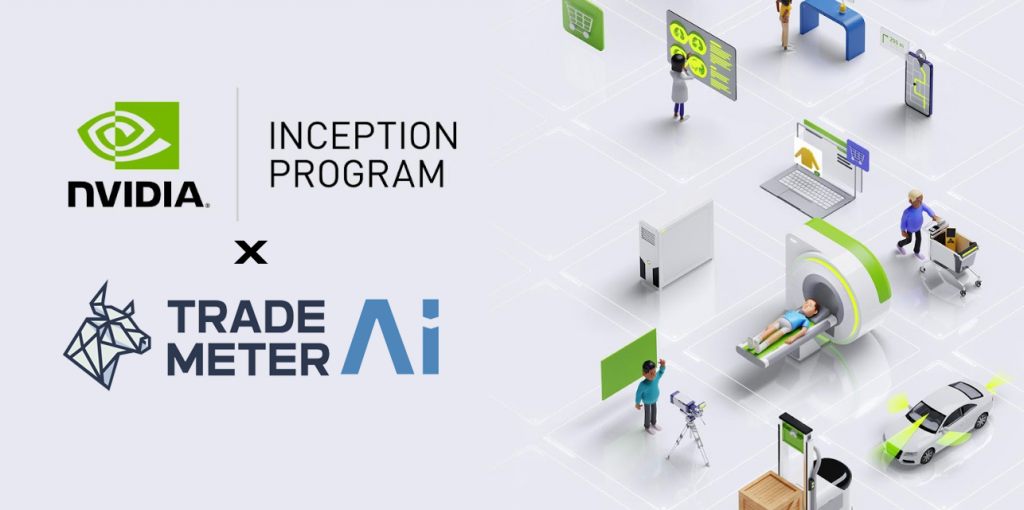10 Ways To Evaluate The Risk Management And Position Sizing For An Ai Stock Trade Predictor
Risk management and position sizing is vital to an accurate AI trading predictor. When managed properly they can reduce possible losses and boost returns. Here are 10 suggestions to evaluate these elements:
1. Evaluate the Use of Stop-Loss and Take Profit Levels
The reason: These levels limit potential losses and lock in profits, while limiting the risk of extreme market fluctuations.
How do you determine if the model applies dynamic rules for take-profit and stop-loss in relation to the risk factor or market volatility. Models that have adaptive thresholds are more effective under different market conditions and can help to prevent excessive drawdowns.
2. Calculate the Risk-to Reward Ratio
The reason: A high risk-to-reward ratio can guarantee that potential profits are greater than risks, resulting in sustainable returns.
Check that the model is able to define the desired ratio of risk to reward for every trade. For example, 1:2 or 1:
3. Modelle that take into account this ratio will be more likely to take decisions that are safe and avoid high-risk trading.
3. Make sure you are aware of the maximum drawdown limitations
The reason is that by restricting drawdowns, the system can be prevented from sustaining a large losses in the aggregate that are difficult to recover.
What should you do: Ensure that the model includes the maximum drawdown limit (e.g. 10 percent cap). This restriction will reduce long-term fluctuations and preserve your capital, particularly in periods of market decline.
Review Strategies for Sizing Positions Based on the risk of your portfolio
Why? Position sizing determines capital allocation to each trade. This balances return with risk.
How: Check whether the model is based on risk size, which adjusts the size of the position according to market volatility, the risk of trade or portfolio risk. Sizing positions to adapt could result in more balanced portfolios and less exposure.
5. Think about a Position Sizing that Is Volatility-Adjusted
Why: Volatility adjusted sizing can be used to increase the size of positions in assets that have less volatility, and decrease those that are in the assets that have high volatility, thereby improving stability.
What to do: Ensure that the model uses an approach to sizing that is adjusted for volatility, such as the Average True Range (ATR) or standard deviation as a base. This will help to ensure that the risk exposure is uniform across all trades.
6. Diversification across sectors and asset classes
Why: Diversification reduces risk of concentration through spreading investments across a variety of areas or types of assets.
How: Check whether the model has been programmed to diversify your holdings, particularly in markets that are volatile. A model that is well-diversified can assist in reducing losses during downturns and ensure portfolio stability.
7. The use of dynamic trading Strategies
The reason: Hedging reduces the risk to potential adverse market movements while also protecting capital.
What to do: Determine if the model uses the use of dynamic hedge strategies such as ETFs or options that have inverted returns. A well-planned hedge is essential to ensure stability during volatile markets.
8. Determine Adaptive Risk Limits based on Market Conditions
Why? Market conditions can fluctuate, so fixed risk limits are not always optimal.
How to ensure the model adapts the risk thresholds in response to market volatility or the mood. Flexible risk limits enable models to take greater risk on stable markets and reduce exposure during times of uncertainty.
9. Check for Real Time Monitoring of the risk in your portfolio
What's the reason? The continuous monitoring of risk enables models to respond to market fluctuations promptly, which minimizes loss.
What to look for: Search for software that can monitor live portfolio metrics, such as Value At Risk or Drawdown Percentages. Live monitoring allows models to respond to market volatility, reducing the risk.
10. Review Stress Testing & Scenario Analysis For Extreme Events
Why stress tests are important: They aid in predicting the model's performance in adverse situations like financial crisis.
How: Confirm whether the model has undergone stress tests against past market crashes, or economic shocks to determine its resilience. The scenario analysis makes sure that the model is resilient enough to withstand downturns and abrupt changes in the economic environment.
Check these points to determine the quality of an AI system's risk management and position-sizing strategy. A well-balanced model is able to be able to balance rewards and risk in order to achieve consistent results across different market conditions. Follow the best click here about stock market for website info including ai stocks, best stocks for ai, ai stocks to buy, ai share price, stock trading, ai trading, invest in ai stocks, incite ai, stock market investing, ai copyright prediction and more.

Top 10 Tips To Evaluate The Nasdaq Composite Using An Ai Stock Trading Predictor
Understanding the Nasdaq Composite Index and its distinctive components is essential to evaluating it with an AI stock trade predictor. It's also important to understand how the AI is able to predict and analyze its movements. Here are 10 suggestions for evaluating the Nasdaq Composite Index using an AI trading predictor.
1. Understand the Index Composition
The reason: The Nasdaq Composite includes over 3,000 stocks that are primarily in the technology, biotechnology, and internet sectors which makes it distinct from indices with more diversification, like the DJIA.
How to: Get acquainted with the largest and most influential companies on the index. Examples include Apple, Microsoft, Amazon, etc. Through recognizing their influence on the index, the AI model can be better able to forecast the overall trend.
2. Incorporate specific factors for each sector.
What's the reason: Nasdaq stocks are heavily affected by technological trends as well as certain events in the sector.
What should you do: Ensure that the AI model is incorporating relevant elements, such as performance in the tech sector or earnings reports, as well as trends within the hardware and software sectors. Sector analysis can increase the model's predictive power.
3. Make use of technical Analysis Tools
What are the benefits of technical indicators? They can help you capture the market sentiment as well as price trends for a volatile index such Nasdaq.
How do you incorporate techniques for technical analysis such as moving averages, Bollinger Bands, and MACD (Moving Average Convergence Divergence) into the AI model. These indicators will assist you to discern buy/sell signals.
4. Monitor Economic Indicators that Impact Tech Stocks
The reason is that economic factors such as unemployment, interest rates and inflation may influence the Nasdaq.
How do you integrate macroeconomic factors that affect the tech industry, like technology investment, consumer spending trends as well as Federal Reserve policies. Understanding these connections will enhance the accuracy of predictions made by the model.
5. Earnings Reported: An Evaluation of the Effect
What's the reason? Earnings announcements made by large Nasdaq listed companies may result in price changes as well as index performance to be affected.
How to: Ensure that the model tracks earnings dates, and then makes adjustments to predictions around those dates. The precision of forecasts can be enhanced by analyzing historical price reactions in relation to earnings reports.
6. Use Sentiment Analysis to Invest in Tech Stocks
Why: Investor sentiment can significantly influence the price of stocks especially in the technology industry in which trends can change quickly.
How can you incorporate sentiment analysis from financial news as well as social media and analyst ratings into the AI model. Sentiment indicators are helpful for giving context to the model and improve the accuracy of predictions.
7. Conduct backtesting on high-frequency data
Why is that? Nasdaq has a reputation for the volatility. It is therefore important to test predictions with high-frequency data.
How: Backtest the AI model using high-frequency data. This allows you to test the model's performance in different markets and in different timeframes.
8. Evaluate the model's performance over market corrections
What's the reason: Nasdaq's performance may change dramatically during downturns.
How to: Analyze the model's past performance in times of market corrections. Stress tests can demonstrate its ability and resilience in turbulent times to limit losses.
9. Examine Real-Time Execution Metrics
Why? Efficient execution of trades is vital to make money, particularly with an index that is volatile.
What metrics should you monitor for real-time execution, such as fill rate and slippage. How well does the model forecast the ideal timing for entry and/or exit of Nasdaq-related trades? Make sure that the execution of trades is in line with predictions.
Validation of the Review Model using Ex-sample testing Sample testing
Why? Experimenting out of sample helps to ensure that the model can be generalized to new data.
How do you utilize historical Nasdaq trading data that is not used to train the model to conduct rigorous tests. Compare predicted versus actual performance to make sure the model remains accurate and robustness.
You can assess the capability of an AI trading predictor to accurately and consistently analyze and predict Nasdaq Composite Index movements by using these suggestions. Read the top on front page about ai stock investing for blog info including stock prediction website, stock trading, ai stock market, market stock investment, ai trading software, stock market investing, trading ai, best ai stocks, market stock investment, open ai stock and more.

